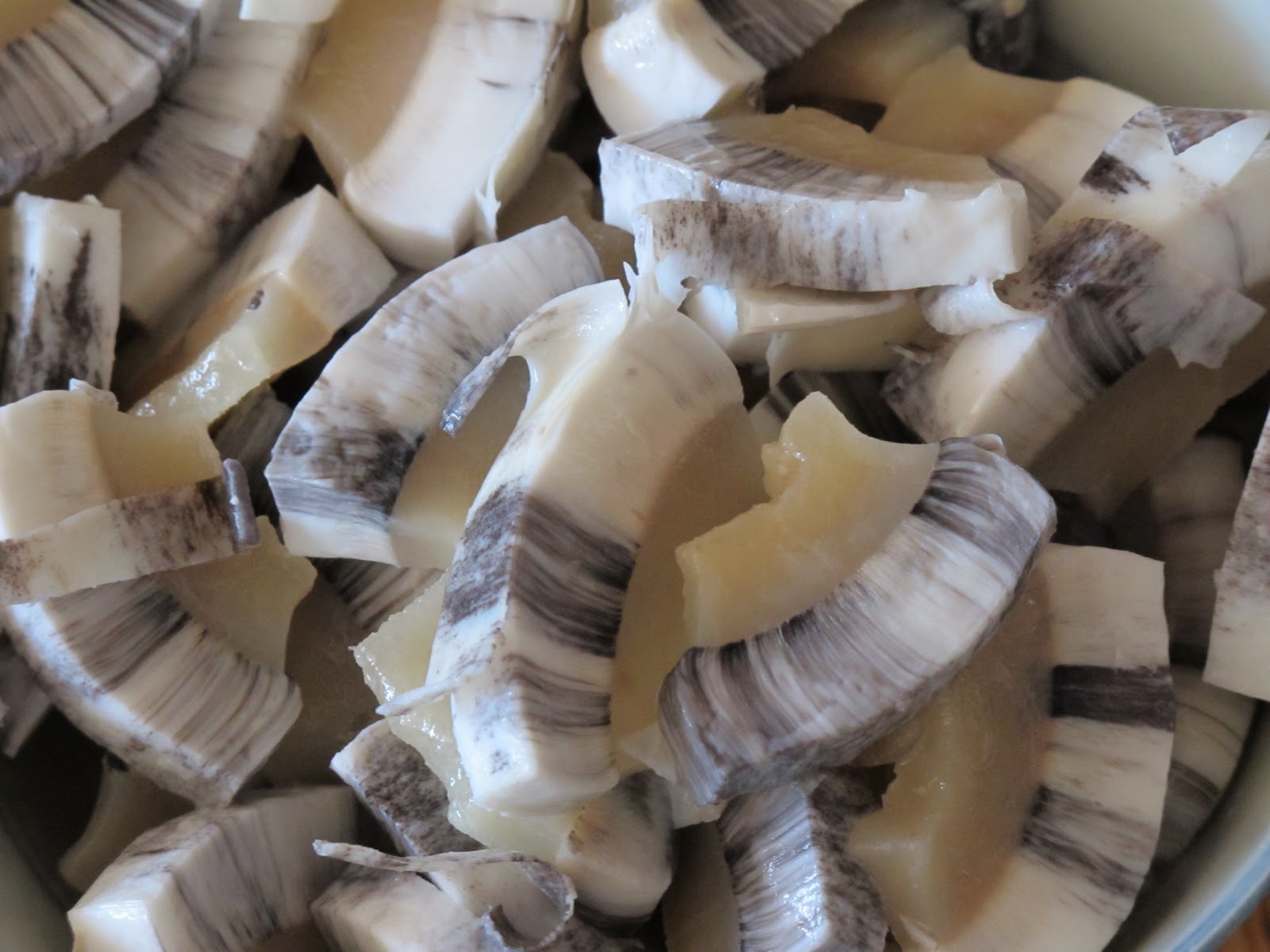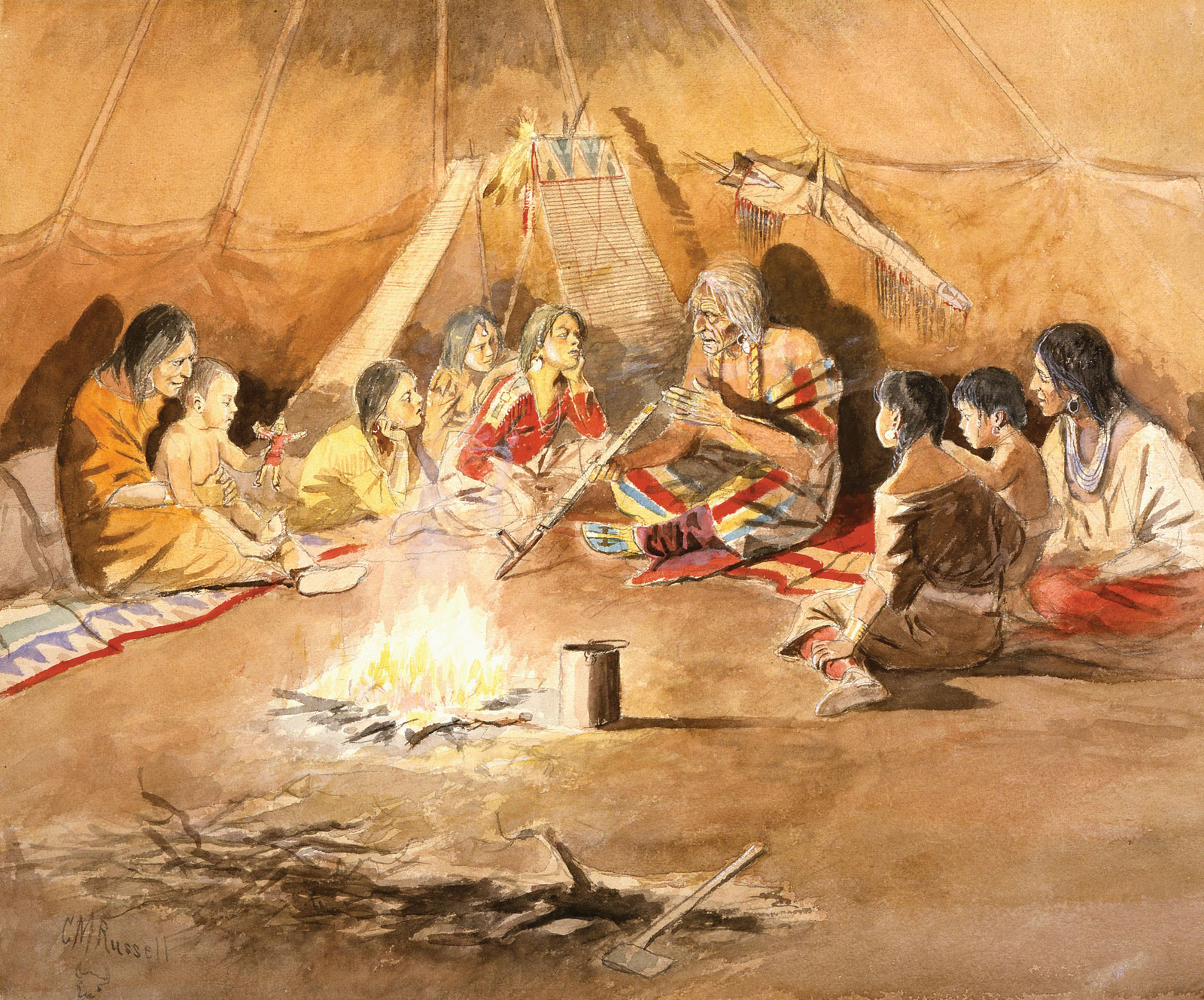Article
Conservation of Movable Cultural Property
Conservation is the technology by which preservation (one of the four classic museum functions: acquisition, preservation, research, presentation) is achieved.

Enter your search term
Signing up enhances your TCE experience with the ability to save items to your personal reading list, and access the interactive map.
Create AccountArticle
Conservation is the technology by which preservation (one of the four classic museum functions: acquisition, preservation, research, presentation) is achieved.
"https://www.thecanadianencyclopedia.ca/images/tce_placeholder.jpg?v=e9dca980c9bdb3aa11e832e7ea94f5d9" // resources/views/front/categories/view.blade.phphttps://www.thecanadianencyclopedia.ca/images/tce_placeholder.jpg?v=e9dca980c9bdb3aa11e832e7ea94f5d9

Article
Country food is a term that describes traditional Inuit food, including game meats, migratory birds, fish and foraged foods. In addition to providing nourishment, country food is an integral part of Inuit identity and culture, and contributes to self-sustainable communities. Environmental and socioeconomic changes have threatened food security, making country food more expensive and difficult to harvest. Despite these challenges, the Inuit, in partnership with various levels of government and non-profit organizations, continue to work towards improving access to country food.
"https://d3d0lqu00lnqvz.cloudfront.net/media/media/6d6d0dcf-4f29-4d58-817d-3e2cad84c4b7.jpg" // resources/views/front/categories/view.blade.phphttps://d3d0lqu00lnqvz.cloudfront.net/media/media/6d6d0dcf-4f29-4d58-817d-3e2cad84c4b7.jpg

Article
The Cowichan sweater is a garment created in North America with a distinctly patterned design knitted out of bulky-weighted yarn. It originated during the late 19th century among the Cowichan, a Coast Salish people in British Columbia. Historically also called the Indian sweater or Siwash sweater (a derogatory Chinook word for Indigenous people), the Cowichan people reclaimed the name after the 1950s as a means of emphasizing their claim to the garment. The popularity of the sweater by the mid-1900s thrust Cowichan sweaters into the world of international fashion, where they have been appropriated by non-Indigenous designers. Nevertheless, several knitters from various Coast Salish communities around Vancouver Island and the mainland of British Columbia continue to create and sell authentic sweaters. In 2011, the Canadian government recognized Cowichan knitters and sweaters as nationally and historically significant.
"https://d3d0lqu00lnqvz.cloudfront.net/media/new_article_images/cowichansweater/1024px-Cowichan_Sweater2.jpg" // resources/views/front/categories/view.blade.phphttps://d3d0lqu00lnqvz.cloudfront.net/media/new_article_images/cowichansweater/1024px-Cowichan_Sweater2.jpg

Article
Historically, the cradleboard (or cradle board), was used by various Indigenous peoples to protect and carry babies. Securely bound to a thin rectangular board, a baby could be carried on its mother's back or put in a safe location while she performed her daily routine. In some communities, Indigenous peoples still use cradleboards.
"https://d3d0lqu00lnqvz.cloudfront.net/media/media/495aa08f-68c3-4963-8532-60d59ef3c2e3.jpg" // resources/views/front/categories/view.blade.phphttps://d3d0lqu00lnqvz.cloudfront.net/media/media/495aa08f-68c3-4963-8532-60d59ef3c2e3.jpg

Article
Fine art is meant to be contemplated and interpreted; decorative art is designed to be used and enjoyed. Nonetheless, there is no sharp boundary between the decorative and the fine arts. Yet for thousands of years, people have fashioned everything from totem poles and shaman’s rattles to elaborately carved stone and ivory knives and harpoons. These items served ritual and practical purposes and carried with them both spiritual and historical meanings. There is no reason to think a useful object cannot also be a bearer of meaning. Contemporary Canadian artists and artisans continue to blur the lines between decorative and fine art.
"https://d3d0lqu00lnqvz.cloudfront.net/media/media/d0d4b8c2-cd42-4ab5-bc7c-1d2d307fa4f4.JPG" // resources/views/front/categories/view.blade.phphttps://d3d0lqu00lnqvz.cloudfront.net/media/media/d0d4b8c2-cd42-4ab5-bc7c-1d2d307fa4f4.JPG

Editorial
The Gardiner Museum of Ceramic Art is located in downtown Toronto. It was designed by Bruce Kuwabara and his team at KPMB Architects. Approaching the museum, one encounters an elevated cube cantilevered towards Queen’s Park. Its fritted-glass windows are set back from the building’s elegant limestone facade. The building is a dramatic extension of the modest original. The original building was a stately, two-storey neoclassical modernist structure designed by Keith Wagland. (He was one of Kuwabara’s professors at the University of Toronto.) It was completed in 1984.
"https://d3d0lqu00lnqvz.cloudfront.net/1024px-Gardiner_Museum_Illusions_2012.jpg" // resources/views/front/categories/view.blade.phphttps://d3d0lqu00lnqvz.cloudfront.net/1024px-Gardiner_Museum_Illusions_2012.jpg

Article
As a musical unit, a pipe band usually consists of a bagpipe corps and a drum corps, the latter comprising side drums, a bass drum, and tenors (the last optional). The earliest organized pipe bands in Canada were probably those of Highland regiments made up of Scottish Canadians. Pipe Bands are most common among Armed Forces regiments and municipal police services. (See also Armed Forces Bands in Canada; Police Bands in Canada.)
"https://d3d0lqu00lnqvz.cloudfront.net/Edmonton-Police-08412.jpg" // resources/views/front/categories/view.blade.phphttps://d3d0lqu00lnqvz.cloudfront.net/Edmonton-Police-08412.jpg

Article
The Hudson’s Bay Point Blanket is a wool blanket with a series of stripes and points (markers on cloth) first made for the Hudson’s Bay Company (HBC) in 1779. The most iconic design is that which is white with green, red, yellow and indigo stripes; these colours are now used as an emblem for the HBC. While the HBC was not the first to create the point blanket, the company did popularize it among Indigenous and settler communities in Canada. Today, the design from the blanket is used on a variety of clothing, accessories and household items sold by the HBC.
"https://d3d0lqu00lnqvz.cloudfront.net/media/new_article_images/HBCpointblanket/HBC point blanket (2).jpg" // resources/views/front/categories/view.blade.phphttps://d3d0lqu00lnqvz.cloudfront.net/media/new_article_images/HBCpointblanket/HBC point blanket (2).jpg
.jpg)
Article
After long and persistent efforts on the part of Indian dancers living in Canada, Indian forms of dance came to be acknowledged as classical art by the arts councils and the Canadian dance audience at large.
"https://www.thecanadianencyclopedia.ca/images/tce_placeholder.jpg?v=e9dca980c9bdb3aa11e832e7ea94f5d9" // resources/views/front/categories/view.blade.phphttps://www.thecanadianencyclopedia.ca/images/tce_placeholder.jpg?v=e9dca980c9bdb3aa11e832e7ea94f5d9

Article
Before European settlement in Canada, Indigenous peoples spoke a wide variety of languages. As a means of assimilating Indigenous peoples, colonial policies like the Indian Act and residential schools forbade the speaking of Indigenous languages. These restrictions have led to the ongoing endangerment of Indigenous languages in Canada. Indigenous communities and various educational institutions have taken measures to prevent more language loss and to preserve Indigenous languages.
"https://d3d0lqu00lnqvz.cloudfront.net/media/media/fda808dc-4ff3-4652-8bb4-4543f8e7aed5.jpg" // resources/views/front/categories/view.blade.phphttps://d3d0lqu00lnqvz.cloudfront.net/media/media/fda808dc-4ff3-4652-8bb4-4543f8e7aed5.jpg

Article
Oral histories play an integral role in Indigenous cultures. They transmit important histories, stories and teachings to new generations. Oral histories — a type of primary source — let Indigenous peoples teach about their own cultures in their own words. Other types of primary sources, such as artifacts from historical Indigenous communities, also transmit knowledge about Indigenous histories and ways of life. Academics, researchers and museum curators use such sources to highlight Indigenous perspectives.
"https://d3d0lqu00lnqvz.cloudfront.net/Elder-sharing-a-storyWilliamEWeissArt-Archive.jpg" // resources/views/front/categories/view.blade.phphttps://d3d0lqu00lnqvz.cloudfront.net/Elder-sharing-a-storyWilliamEWeissArt-Archive.jpg

Article
Inuksuk (also spelled inukshuk, plural inuksuit) is a figure made of piled stones or boulders constructed to communicate with humans throughout the Arctic. Traditionally constructed by the Inuit, inuksuit are integral to Inuit culture and are often intertwined with representations of Canada and the North. A red inuksuk is found on the flag of Nunavut. In Inuktitut, the term inuksuk means "to act in the capacity of a human." It is an extension of the word inuk meaning "a human being." Inuksuit have been found close to archaeological sites dating from 2400 to 1800 BCE in the Mingo Lake region of southwest Baffin Island. (See also Prehistory.) While stone figures resembling human forms are often referred to as inuksuk, such figures are actually known as inunnguaq.
"https://d3d0lqu00lnqvz.cloudfront.net/media/media/fda0c3a3-c613-4196-ba0a-690925ca6c04.jpg" // resources/views/front/categories/view.blade.phphttps://d3d0lqu00lnqvz.cloudfront.net/media/media/fda0c3a3-c613-4196-ba0a-690925ca6c04.jpg

Article
Inuktitut is an Indigenous language in North America, spoken in the Canadian Arctic. The 2021 census reported 40,320 people have knowledge of Inuktitut. Inuktitut is part of a larger Inuit language family, stretching from Alaska to Greenland. Inuktitut uses a writing system called syllabics, created originally for the Cree language, which represent combinations of consonants and vowels. The language is also written in the Roman alphabet, and this is the exclusive writing system used in Labrador and parts of Western Nunavut. Inuktitut is a polysynthetic language, meaning that words tend to be longer and structurally more complex than their English or French counterparts. (See also Indigenous Languages in Canada.)
"https://d3d0lqu00lnqvz.cloudfront.net/media/media/26c8ac6d-be78-4acc-9097-9854b0762516.jpg" // resources/views/front/categories/view.blade.phphttps://d3d0lqu00lnqvz.cloudfront.net/media/media/26c8ac6d-be78-4acc-9097-9854b0762516.jpg

Article
Joual is the name given, in specific sociological and socio-historical situations, to the variety of French spoken in Québec.
"https://d3d0lqu00lnqvz.cloudfront.net/media/media/e535a1f6-a1dc-4d47-b4ff-63970250900d.JPG" // resources/views/front/categories/view.blade.phphttps://d3d0lqu00lnqvz.cloudfront.net/media/media/e535a1f6-a1dc-4d47-b4ff-63970250900d.JPG

Article
Language is a form of communication. More specifically, language is a communication system based on human sounds. There are, however, other forms of communication systems based on touch, scent, movement, colour, gesture and even the electrical impulses that pass through computers.
"https://d3d0lqu00lnqvz.cloudfront.net/media/new_article_images/LanguageLangue/Language_Langue.jpg" // resources/views/front/categories/view.blade.phphttps://d3d0lqu00lnqvz.cloudfront.net/media/new_article_images/LanguageLangue/Language_Langue.jpg
